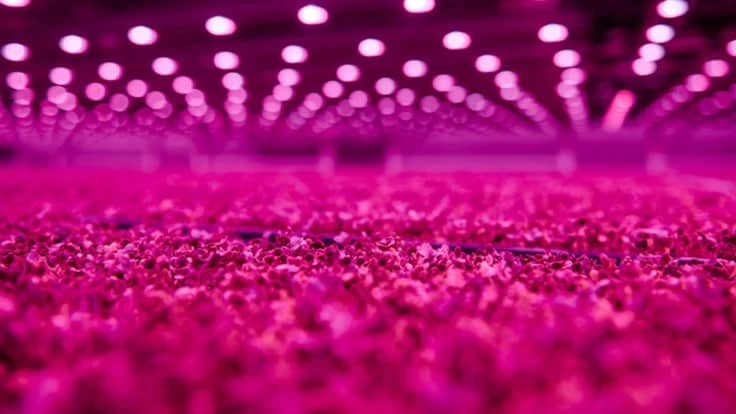
After learning how Fessler Nursery uses supplemental LEDs to drive faster and more robust root development in its rooted cuttings, we touched based with Colin Brice, Plant Specialist for the Philips Horticulture LED team at Signify, to learn more about the science behind lighting and root development.
Greenhouse Management (GM): In your experience, what LED lighting characteristics are most influential on root development and growth?

Colin Brice, Signify (CB): The enhanced light output efficiencies and spectral control of LEDs result in more light photons to the crop, more efficient conversion of light to biomass, and minimal heat transfer to the canopy and substrate surface. Due to reduced heat radiation, LEDs can greatly reduce transpiration and drought stress to promote root development and consistent growth while improving climate stability. This shift in energy transfer to the crop made possible by LEDs minimizes crop transpiration stress, root zone evaporation, and wasted input energy.
GM: If you’re a commercial ornamental grower looking for increased rooting activity and you are convinced that you will get that by adding supplemental LEDs in the greenhouse, do you recommend seeking out LEDs that provide narrow-band spectra or a general “full spectrum” LED solution, and why?
CB: We typically only recommend “full spectrum” light in indoor situations absent of natural white light because white light can make it easier to inspect the crop. However, there are several specific light spectra that we have developed and recommend depending on what the grower specifically hopes to achieve. Some of these custom light recipes contain small amounts of white light to allow proper indoor crop inspection without significant impacts to photosynthetic efficiency. Our research and commercial installations across a variety of crops (ornamentals, tomatoes, cucumbers, lettuce, herbs, and medicinal cannabis) have validated what we know from the McCree curve, that light spectra containing a majority of red and blue photons are more effective in stimulating growth than full spectrum or white light.
GM: Typically when we think about lighting, we focus on the benefits to the vegetative growth above the soil. However, the more I learn about horticultural lighting the more I am starting to understand that light quality and spectrum have a correlated effect on root development as well. Would you agree with that statement, and how do you convince a grower that he/she also needs to be cognizant of the types of lighting/spectra the plant needs below the ground, as well?
Latest from Greenhouse Management
- Anthura acquires Bromelia assets from Corn. Bak in Netherlands
- Top 10 stories for National Poinsettia Day
- Langendoen Mechanical hosts open house to showcase new greenhouse build
- Conor Foy joins EHR's national sales team
- Pantone announces its 2026 Color of the Year
- Syngenta granted federal registration for Trefinti nematicide/fungicide in ornamental market
- A legacy of influence
- HILA 2025 video highlights: John Gaydos of Proven Winners





